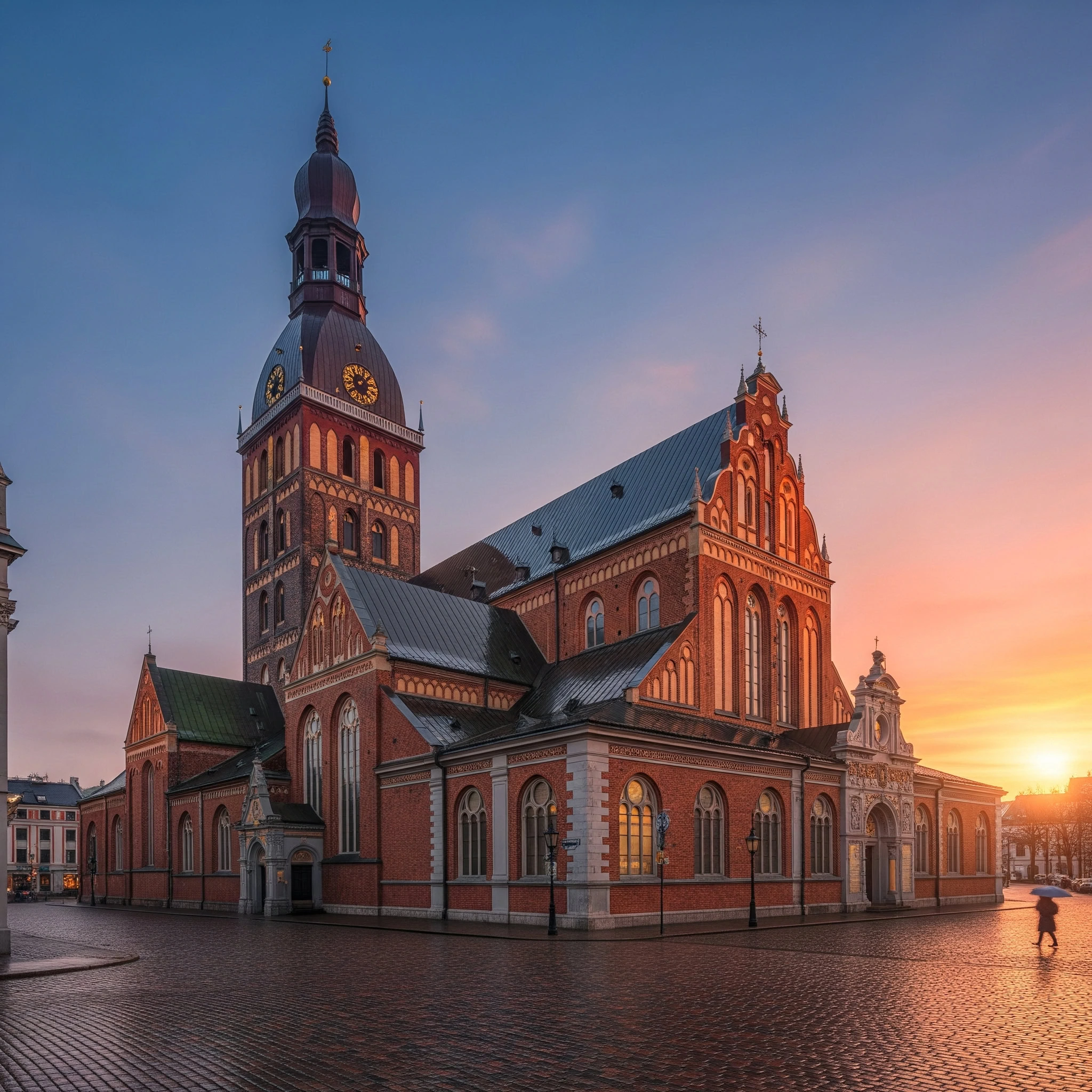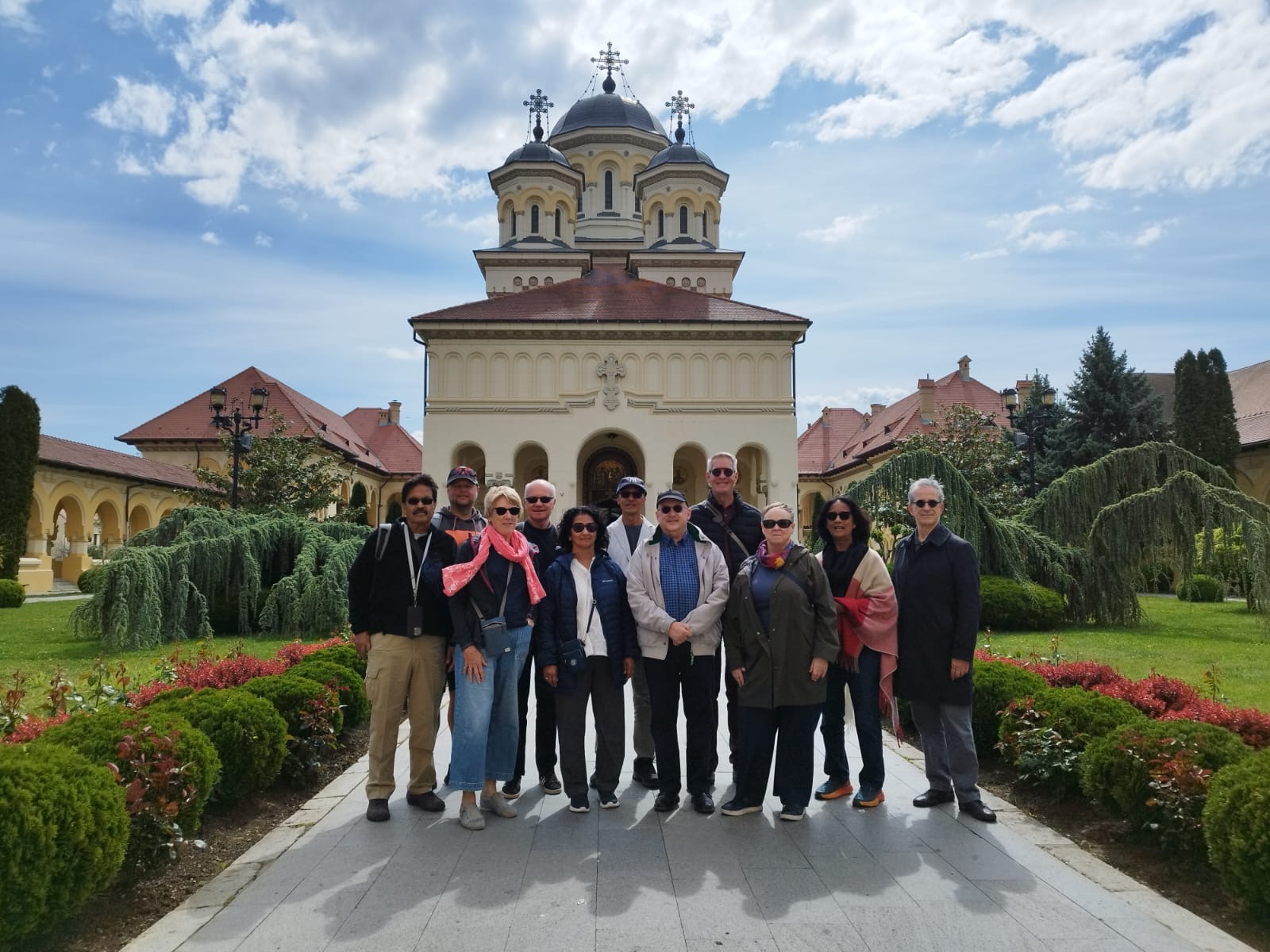Standing tall in the heart of Riga’s Old Town, the magnificent Riga Cathedral has witnessed nearly eight centuries of change. The cathedral is located in the heart of Riga’s Old Town, near the River Daugava. This architectural marvel has served many masters throughout its long history, transforming from a Catholic place of worship to a Lutheran church, then a Soviet concert hall, and finally to its current role as both a sacred space and celebrated music venue.
The cathedral’s story mirrors Latvia’s own tumultuous past, reflecting the political, religious, and cultural shifts that have shaped the Baltic region and its status as an evangelical lutheran church . From medieval bishops to Soviet officials, from Hanseatic merchants to modern concert-goers, countless people have walked through its ancient doors seeking spiritual solace, cultural enrichment, or simply to marvel at its Gothic splendour. The cathedral is the largest medieval church in the Baltic region, emphasizing its monumental scale and historical significance.
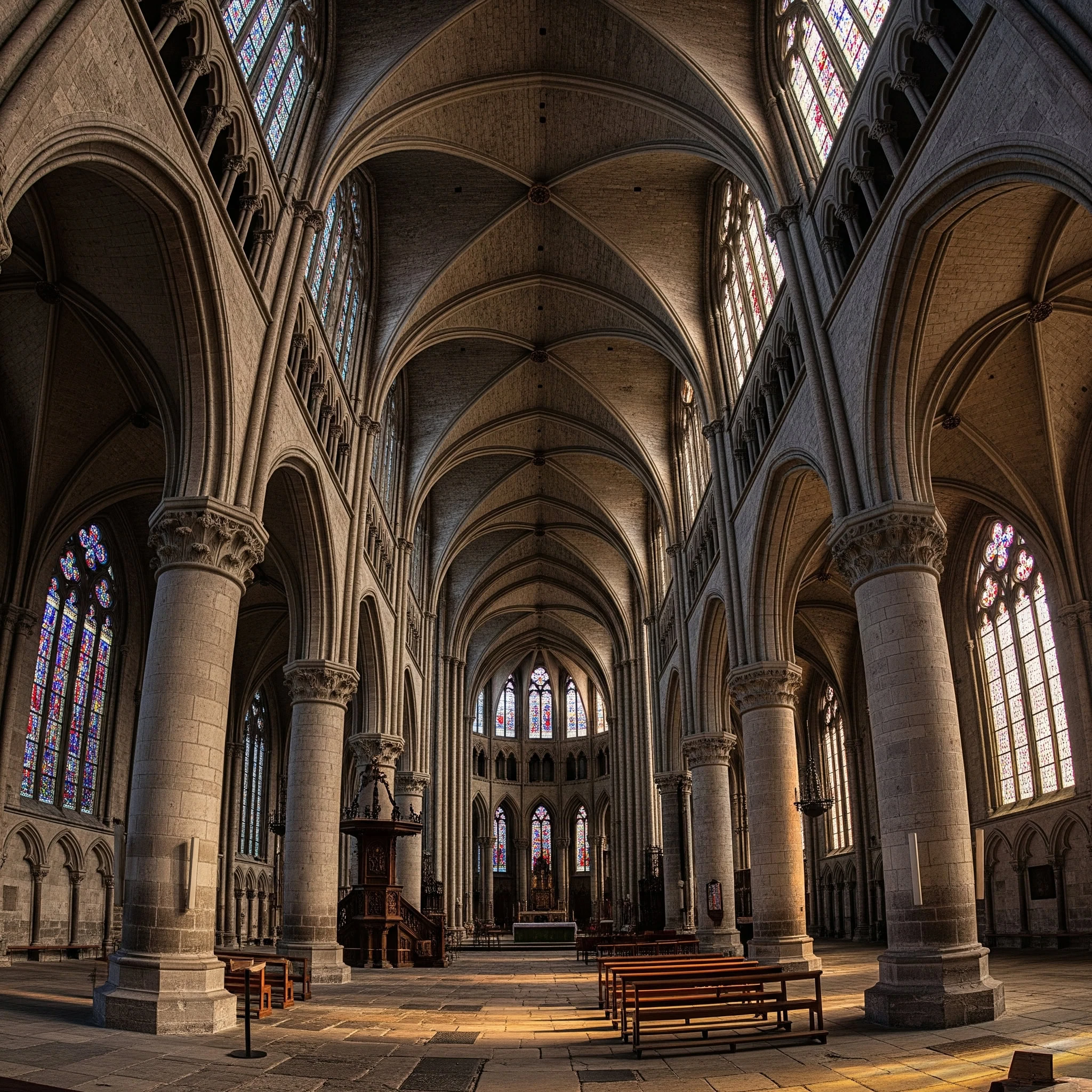 The Medieval Foundation (1211-1500s)
The Medieval Foundation (1211-1500s)
Bishop Albert’s Vision
The story of Riga Cathedral begins in 1211 with an ambitious German bishop named Albert von Buxhövden. As part of the Northern Crusades, Bishop Albert founded the cathedral as the centrepiece of his new city, strategically positioned at the mouth of the River Daugava. This location wasn’t chosen by chance – it commanded vital trade routes and offered access to the Baltic Sea, making it perfect for spreading Christianity throughout the region.
Building the Gothic Marvel
Construction of the cathedral spanned several centuries, resulting in a fascinating blend of architectural styles, combining romanesque and gothic influenc . The original design followed Romanesque principles, evident in the thick walls and rounded arches that still form parts of the structure today. However, as Gothic architecture gained popularity across Europe, later additions embraced this new style with pointed arches, ribbed vaults, and flying buttresses. During the 14th and 15th centuries, the cathedral was transformed from a hall church into a basilica by raising the walls of the central nave, which became the main axis of the interior and was flanked by aisles on either side. The nave serves as a key structural element in the cathedral’s design, connecting the chancel, transept, and cloister.
Skilled craftsmen travelled from across Northern Europe to work on the cathedral. Stone masons from Germany brought their expertise in Gothic construction techniques, while local artisans contributed their knowledge of regional building methods. The result was a unique architectural fusion that reflected both international Gothic trends and local Baltic traditions. Notably, in the 15th century, an octagonal pyramidal spire was built atop the Gothic tower, adding a striking vertical element to the cathedral’s silhouette.
Catholic Ceremonies and Medieval Life
As the seat of the Bishopric of Riga and later the archbishop, the cathedral served as the spiritual heart of the entire latvian region, emphasizing its religious authority. Daily masses drew local residents, while special ceremonies attracted pilgrims from across the Baltic. The cathedral hosted coronations, funerals of important nobles, and religious festivals that brought together people from all social classes. Notable historical figures, including bishops and other dignitaries, visited the cathedral, further highlighting its historical significance.
The cathedral’s architectural complex includes chapels—smaller side rooms connected to the main church structure—each with its own historical significance. The cloister, an important architectural feature, connects the church to other chapter buildings and served as a covered walkway for the monastic community. The preserved cloisters remain a valuable element of the cathedral’s medieval monastic layout, with the southern wing standing out as an integral part of this historic structure.
The Protestant Reformation Era (1500s-1700s)
From Catholic to Lutheran
The year 1521 marked a dramatic turning point in the cathedral’s history when Riga embraced the Protestant Reformation. This religious revolution transformed not only the cathedral’s theological purpose but also its physical appearance and daily practices. The transition from Catholic to Lutheran worship required significant changes to accommodate the new religious traditions.
Many Catholic artifacts, including elaborate altar pieces, religious statues, and decorative elements, were removed or modified to align with Protestant principles. The emphasis shifted from visual splendour to the spoken word, making the cathedral’s acoustics more important than ever before. Lutheran services placed greater emphasis on congregational singing and lengthy sermons, requiring modifications to the interior layout.
Swedish and Polish Rule
Throughout the 16th and 17th centuries, Riga changed hands between Swedish and Polish rulers, each bringing their own influences to the cathedral. The Swedish period saw increased emphasis on education and literacy, leading to the establishment of educational programmes within the cathedral complex. Polish rule brought renewed Catholic influences, though the cathedral remained primarily Lutheran.
These political changes often meant survival challenges during various conflicts and sieges. The cathedral’s robust construction proved its worth during these turbulent times, sheltering residents during attacks and serving as a symbol of continuity amidst political upheaval. Maintenance during wartime was particularly challenging, requiring creative solutions and community cooperation to preserve the building’s integrity.
The Great Organ Arrives
During this period, the cathedral gained its first major organ, marking the beginning of its reputation for musical excellence. The instrument attracted skilled organists from across Northern Europe, who recognised the cathedral’s exceptional acoustics and growing musical tradition. These early organs were smaller than today’s magnificent instrument, but they established the foundation for the cathedral’s future musical legacy.
The combination of early gothic architecture and Lutheran emphasis on congregational music created ideal conditions for developing the cathedral’s acoustic reputation. Composers began writing specifically for the cathedral’s unique sound characteristics, and visiting musicians often remarked on the building’s exceptional ability to enhance musical performances.
Russian Imperial Period (1700s-1917)
Under the Russian Empire
When Riga became part of the Russian Empire in 1710, the cathedral entered another transformative period. While the Russian Orthodox Church held official supremacy, the cathedral continued its Lutheran services under imperial oversight. This arrangement reflected the empire’s generally tolerant approach to established Protestant communities in the Baltic provinces.
19th Century Transformations
The 19th century witnessed significant transformations in the cathedral’s role and appearance. Major restoration projects during this period addressed centuries of wear and damage while incorporating new technologies and materials. The medieval stonework received careful attention, and new heating systems made winter services more comfortable for congregants.
Tourism began to develop as railway connections made Riga more accessible to visitors from across the Russian Empire and beyond. Cultural travellers, particularly those interested in medieval architecture and music, increasingly included the cathedral in their itineraries. The cathedral also became a popular subject for paintings and artistic depictions during the 19th century, further enhancing its reputation among artists and travelers. This growing recognition helped establish the cathedral’s reputation beyond the local community.
The Soviet Transformation (1917-1991)
Religious Suppression
The Soviet period brought the most dramatic changes in the cathedral’s long history. In the 1960s, religious services were banned, and the building was officially secularised. This transformation reflected broader Soviet policies towards religious institutions, which were seen as obstacles to communist ideology and social progress.
The conversion process involved removing or covering religious symbols and artifacts. However, many elements were preserved rather than destroyed, often hidden behind false walls or stored in basement areas. This careful preservation reflected both practical considerations and perhaps an unconscious recognition of the building’s cultural importance beyond its religious function.
Birth of a Concert Venue
The cathedral’s transformation into a concert hall proved remarkably successful, even as it maintained its identity as an orthodox cathedral . Soviet authorities recognised the building’s exceptional acoustics and began hosting symphony orchestras, soloists, and other musical performances. The organ, now freed from purely religious constraints, became the centrepiece of an ambitious concert programme that attracted audiences from across the Soviet Union.
International recognition followed as the cathedral began hosting touring orchestras and renowned soloists. The building’s unique combination of medieval atmosphere and excellent acoustics created a concert experience unlike any other venue in the Soviet Union. Musicians often commented on the inspiring environment and exceptional sound quality that the cathedral provided.
Preserving the Architecture
Despite ideological opposition to religious buildings, Soviet authorities invested significantly in maintaining the cathedral’s architectural integrity. Restoration experts worked to preserve medieval stonework, repair weather damage, and maintain the building’s structural stability. These efforts reflected recognition of the cathedral’s importance as a historical monument and cultural asset.
The challenge lay in balancing concert venue needs with historical preservation requirements. Modern lighting systems, sound equipment, and audience facilities had to be integrated without damaging medieval features. This delicate balance required innovative solutions and careful planning that often exceeded international preservation standards.
Modern Renaissance (1991-Present)
Return to Worship
Latvia’s independence in 1991 enabled the cathedral’s return to religious use after decades as a concert hall, reestablishing its status as one of the oldest sacred buildings in the region . The Lutheran congregation gradually rebuilt itself, welcoming back families whose religious traditions had been interrupted by Soviet policies. This restoration process required sensitivity to both traditional Lutheran practices and the building’s evolved identity as a cultural venue.
The Dual Identity
Today’s cathedral successfully balances its dual role as both active place of worship and premier concert venue. This unique arrangement requires careful scheduling and mutual respect between religious and cultural users. Sunday morning services coexist with evening concerts, creating a dynamic environment that serves multiple community needs.
World-Class Music Venue
The cathedral’s musical reputation has reached new heights in the post-Soviet era, with art nouveau features enhancing its aesthetic appeal . The famous Walcker organ, now fully restored and expanded, ranks among Europe’s finest instruments. Regular concert series feature international artists, local performers, and educational programmes that introduce new audiences to classical music in this extraordinary setting.
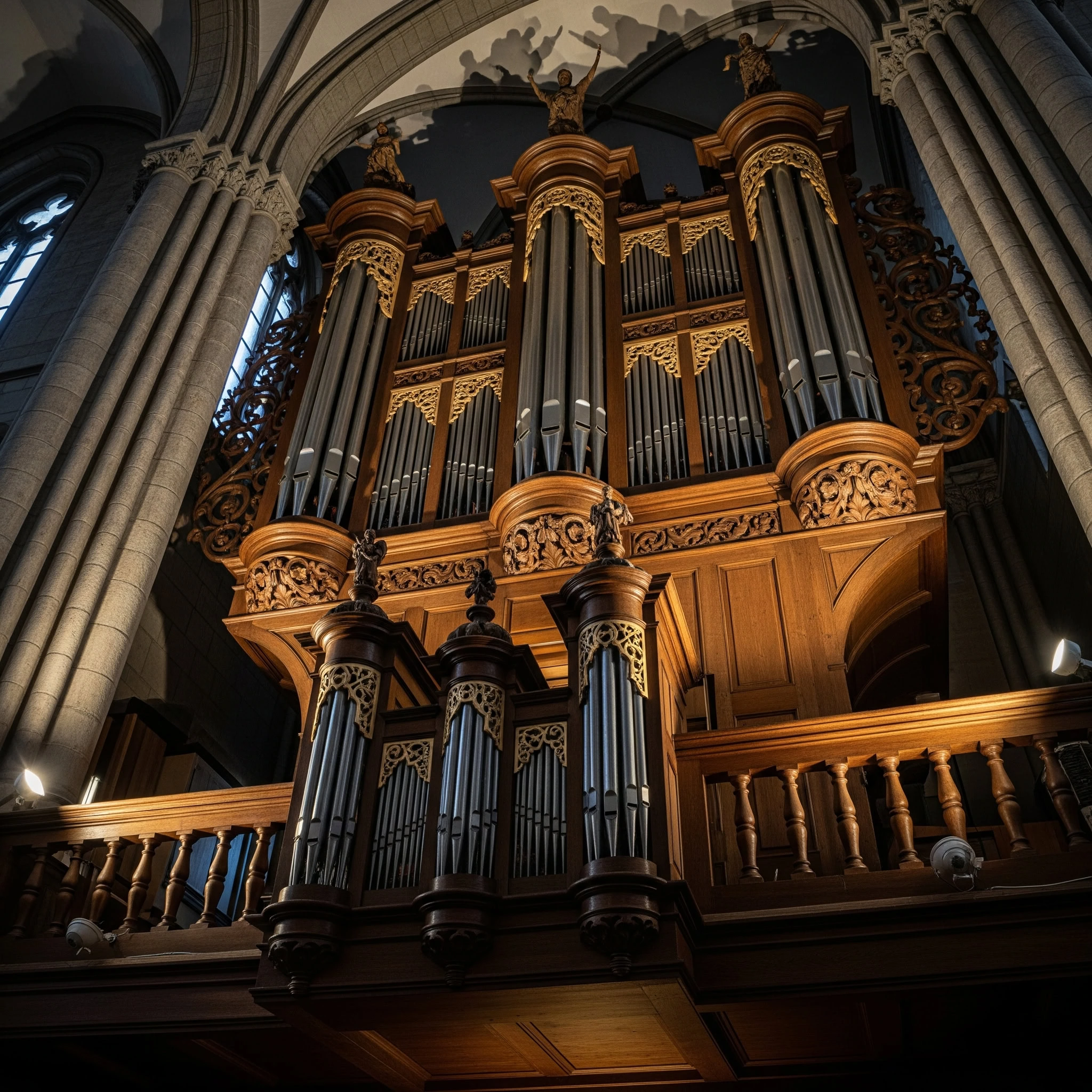 Architectural Marvels and Features
Architectural Marvels and Features
The Exterior Design
The cathedral’s exterior showcases the evolution of Gothic architecture across several centuries. The distinctive red brick construction creates a warm, welcoming appearance that stands out against Riga’s Old Town skyline. The cathedral’s impressive tower is a highlight of the monument, offering visitors the opportunity to explore its heights and enjoy unique views from within. Atop the Gothic tower rises the octagonal pyramidal spire, a prominent feature built in the 15th century, which enhances the cathedral’s distinctive silhouette with its geometric form and decorative brick tracery. The exterior is richly decorated with intricate carvings, sculptural motifs, and other decorative elements that embellish the facades, portals, and windows, showcasing the artistic value and craftsmanship of the period. The iconic weather vane, featuring a cockerel that has watched over the city for centuries, remains one of Riga’s most recognisable symbols.
Interior Splendour
Entering through the main entrance reveals a breathtaking interior that combines medieval grandeur with excellent acoustics. Soaring vaulted ceilings create a sense of spiritual transcendence while also contributing to the building’s renowned sound quality. The nave’s proportions, carefully calculated by medieval architects, provide optimal conditions for both religious contemplation and musical performance. The middle of the nave, as the central section of the cathedral, serves as a focal point for both the architectural design and the gathering of worshippers.
The Legendary Organ
The cathedral’s magnificent organ represents one of Europe’s finest examples of the instrument builder’s art. The current Walcker organ, with its thousands of pipes and multiple keyboards, can produce everything from gentle hymn accompaniments to powerful symphonic effects. Regular maintenance and periodic upgrades have kept this historic instrument in excellent playing condition.
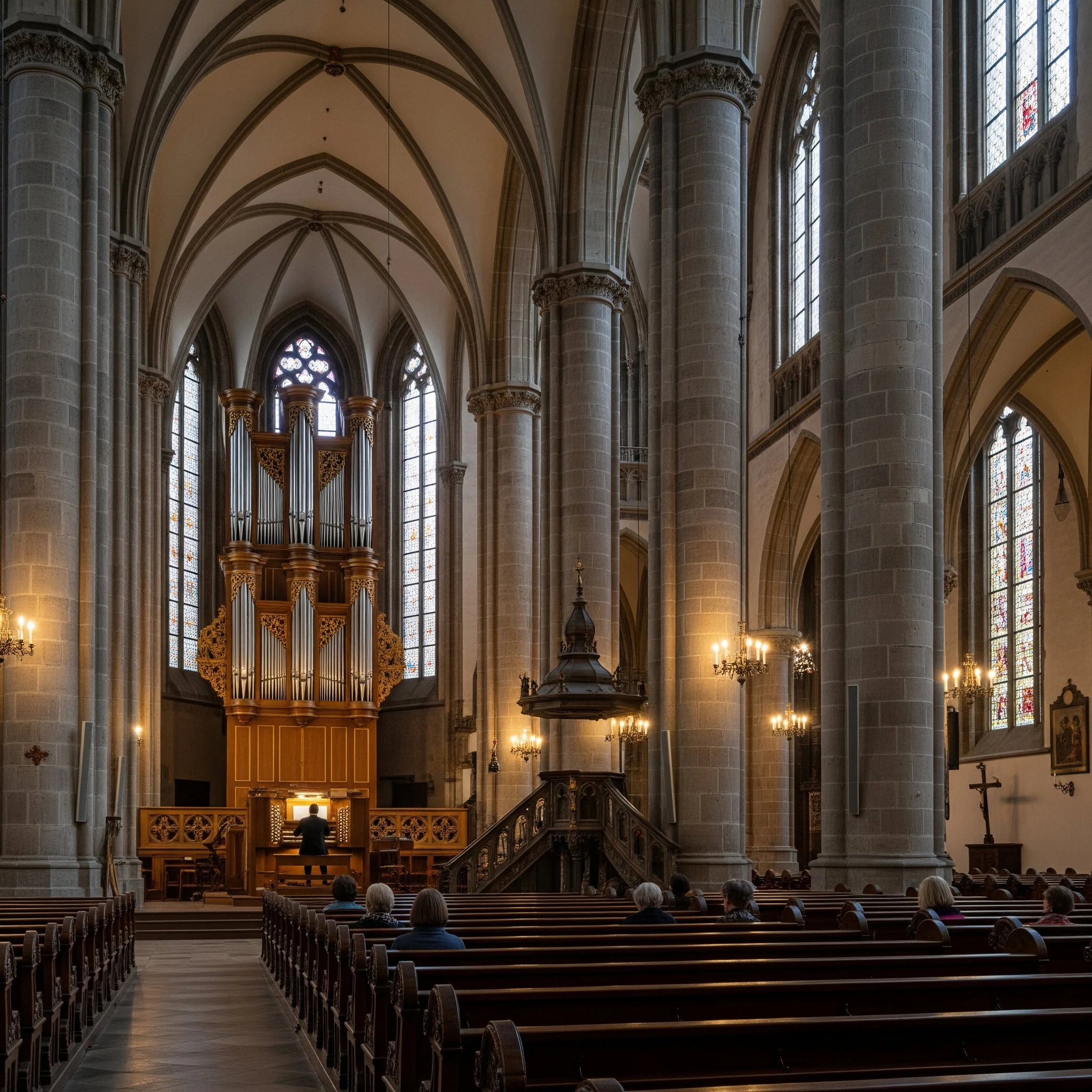 Visiting Riga Cathedral Today
Visiting Riga Cathedral Today
Planning Your Visit
The cathedral welcomes visitors throughout the year, with opening hours that accommodate both tourists and worshippers. Guided tours offer insights into the building’s history, architecture, and current functions, while audio guides provide self-paced exploration options. Photography is generally permitted in most areas, though visitors should respect ongoing services and concerts.
Concert Calendar and Events
The cathedral’s concert calendar features performances throughout the year, from intimate organ recitals to full orchestral concerts. Seasonal highlights include summer music festivals, Christmas concerts, and special celebrations that mark important dates in the cathedral’s history. Ticket booking is available online and through local outlets, with pricing that makes concerts accessible to diverse audiences.
Exploring the Surrounding Area
The cathedral sits at the heart of Riga’s Old Town UNESCO World Heritage site, surrounded by medieval streets, historic buildings, and beautiful parks. Nearby attractions include the House of the Blackheads, St. Peter’s Church, and numerous museums that tell Latvia’s cultural story. The compact historic district makes it easy to combine a cathedral visit with exploration of other cultural sites on foot.
Conclusion
Riga Cathedral stands as a testament to the resilience of both faith and culture. Throughout its remarkable journey from medieval Catholic cathedral to Soviet concert hall and finally to its current dual role, this magnificent building has adapted whilst preserving its essential character. Today’s visitors can experience this unique blend of sacred and secular, enjoying world-class musical performances in a setting that has witnessed centuries of worship, political change, and cultural evolution.
Whether you’re planning a visit to experience the renowned organ concerts, explore the architectural heritage, or simply soak in the spiritual atmosphere, Riga Cathedral offers an unforgettable glimpse into European history and culture that spans eight remarkable centuries. The cathedral represents a living heritage that continues to inspire and enrich all who enter its ancient doors.
Discover the Baltic’s hidden gems on a luxury rail adventure. Adventures By Train offers curated journeys through the region, including the London to Gdansk route, where Riga becomes a highlight on Day 8. Explore this historic city in comfort and style, and let the rhythm of the rails carry you to your next great discovery. Book your adventure today and let the rails write your story.
